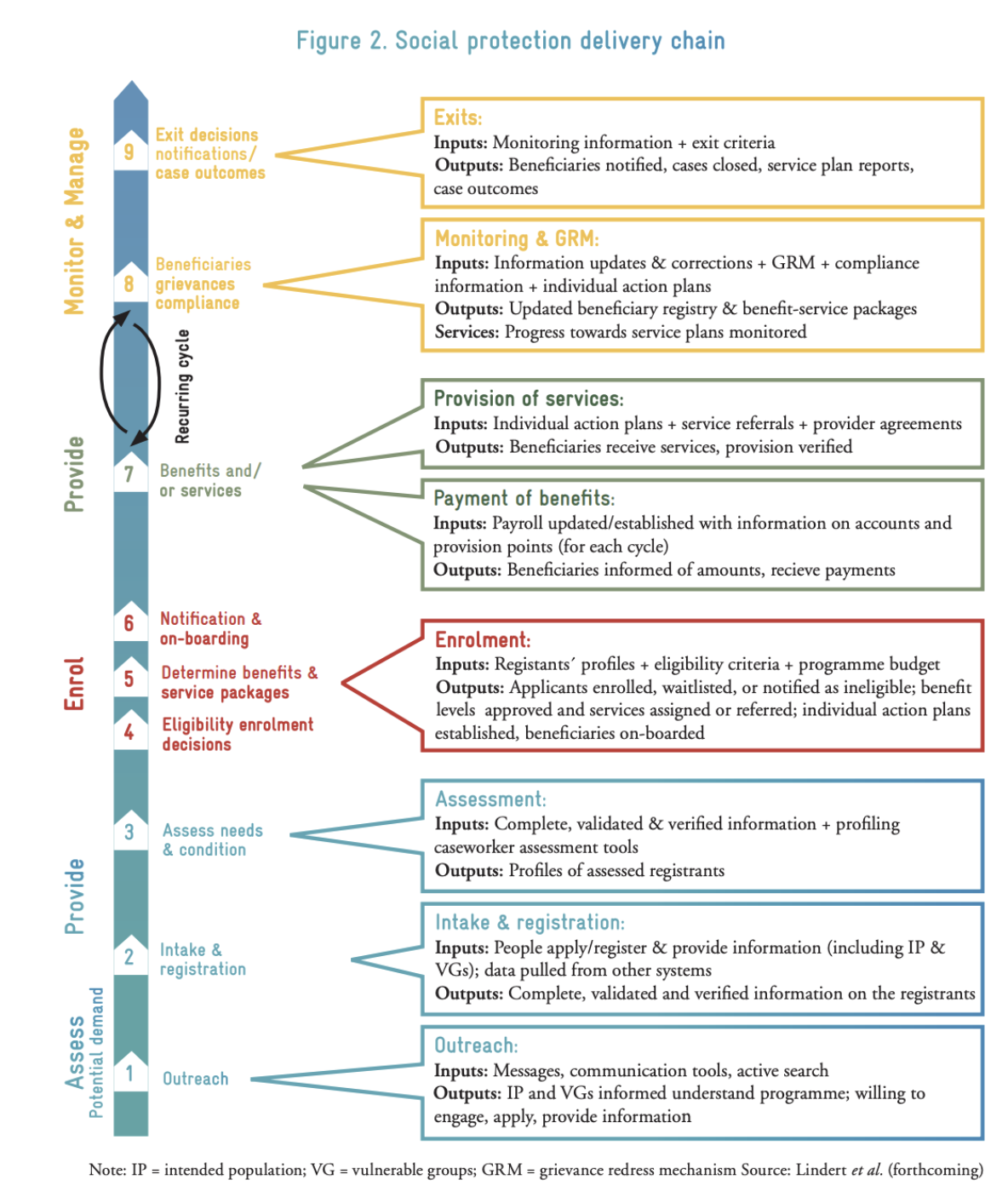PROJECT TYPE
AI
TECHNOLOGIES
HTML5, CSS3, JQuery, AngularJs
SERVICES PROVIDED
Layout design, Web development, Web application testing
This case demo explores the application of General AI within the social protection programs facilitated by Fiserv, highlighting the potential to streamline operations, enhance service delivery, and improve beneficiary outcomes through AI-driven innovations. By integrating AI into the social protection delivery chain, Fiserv can not only optimize these services but also set a benchmark for technological adoption in financial services.
Introduction
Social protection programs are critical for providing safety nets and support to the vulnerable sectors of the population. Traditionally, these programs have suffered from inefficiencies related to manual processes and complex beneficiary management systems. The integration of AI promises a transformation in the operational frameworks of these programs, making them more efficient and responsive.
The AI Data Science Pipeline in Social Protection
The application of AI in social protection can be visualized through a data science pipeline integrated into the delivery chain, transforming it into a more efficient and less error-prone process. This pipeline includes four primary stages:
- Assessment
- AI Applications: Use of predictive analytics for initial beneficiary identification, needs assessment through data clustering, and risk assessment models to prioritize resource allocation.
- Enrolment
- AI Applications: Machine learning algorithms for efficient and accurate beneficiary selection, automated notifications and onboarding processes using chatbots, and NLP for communication.
- Provision
- AI Applications: Dynamic benefit calculation using proxy means testing, AI-driven disbursement systems, and predictive service provisioning to anticipate beneficiary needs.
- Monitoring & Management
- AI Applications: Real-time compliance monitoring using image recognition and biometric data, automated grievance redressal mechanisms using decision trees, and predictive analytics for forecasting beneficiary exit and managing program scales.
Case Demonstrations
Case 1: Enhancing Outreach and Registration Efficiency
- Challenge: Inefficiencies and errors in beneficiary registration significantly impact the targeting accuracy of social protection programs.
- AI Solution: Implementation of a robust AI framework utilizing outlier detection to flag and correct anomalies in data entry, and predictive imputation methods to fill in missing information, thus ensuring high data quality and precision in beneficiary targeting.
Case 2: Streamlined Eligibility and Benefit Assignment
- Challenge: Manual methods for determining eligibility and benefit levels are time-consuming and often inaccurate.
- AI Solution: Deployment of supervised machine learning models to replicate and enhance decision-making processes, integrating Gaussian Processes to handle uncertain cases, thereby improving the accuracy and fairness of eligibility assessments.
Case 3: Proactive Service Provision and Crisis Management
- Challenge: The reactive nature of current social protection disbursements delays response times in crises.
- AI Solution: Use of shock prediction models to forecast potential crises (e.g., economic downturns, natural disasters) and adjust provisions preemptively. Implementation of automated claims management systems in social insurance to expedite accurate decision-making.
Impact of AI Integration
- Efficiency Improvements: By automating various steps in the social protection delivery chain, Fiserv can reduce operational costs by up to 25%, as demonstrated in similar financial sector applications.
- Enhanced Accuracy and Compliance: AI’s predictive capabilities ensure that benefits are accurately targeted and compliant with policy requirements, reducing the incidence of fraud and error.
- Improved Beneficiary Experience: AI-driven systems facilitate quicker, more responsive interactions with beneficiaries, improving satisfaction and trust in social protection programs.
Conclusion
The integration of AI into social protection programs represents a transformative leap forward for entities like Fiserv. This case study not only showcases the potential efficiencies and enhancements that AI can bring but also positions Fiserv as a leader in the adoption of innovative technologies in the financial sector. Moving forward, continuous evaluation and adaptation of AI applications will be crucial to fully realize their benefits and mitigate associated risks, such as data privacy concerns and the ethical use of predictive models.
Future Directions
- Scalability of AI Solutions: Exploring the expansion of AI applications to other areas of financial services, such as fraud detection and personalized financial advice.
- Partnerships for Technological Advancement: Collaborating with tech firms and academic institutions to refine AI models and tailor them to specific social protection needs.
- Policy Frameworks and Ethical Guidelines: Developing comprehensive guidelines to govern AI implementation in social services, ensuring transparency, fairness, and accountability.
By embracing AI, Fiserv not only enhances its service offerings but also significantly contributes to the broader goal of social welfare and economic stability. This case study serves as a model for similar implementations across the financial services industry.

